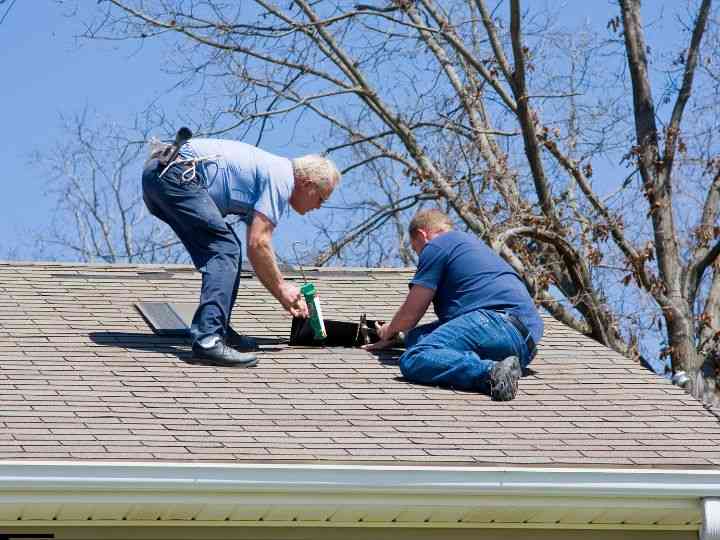


Discover how weather impacts roof repair needs and timing, helping homeowners plan maintenance to protect their roofs from seasonal damage effectively.
When it comes to maintaining a home, the roof is one of the most critical components, protecting it from the elements. Weather plays a significant role in determining the necessity and timing of roof repair. The condition of a roof can be significantly influenced by the local climate, with different weather patterns causing varying types of damage over time. Whether it’s heavy rainfall, intense sun, snow, or strong winds, each weather element contributes uniquely to the wear and tear of roofing materials, thus influencing when repairs are needed.
Rain is one of the primary weather factors that can deteriorate a roof. Continuous exposure to water can lead to leaks, mold growth, and wood rot, especially if the roofing materials or flashing are compromised. Prolonged moisture exposure weakens shingles, tiles, and underlayment, making it imperative to inspect the roof after heavy storms or rainy seasons. In areas with frequent rainfall, timely roof inspections and maintenance can prevent minor issues from escalating.
Sunlight, particularly ultraviolet (UV) rays, causes gradual degradation of roofing materials. High temperatures can make shingles brittle and prone to cracking, reducing their effectiveness in protecting the home. Heat can also cause roofing materials to expand and contract, which may lead to warping or loosening of shingles. Homes in regions with intense sun exposure typically require more frequent checks for signs of wear and timely repair to extend the roof’s lifespan.
Winter weather brings unique challenges to roofs, especially in colder climates. Snow accumulation adds significant weight, potentially stressing the roof structure. When snow melts and refreezes, ice dams can form along eaves, preventing proper drainage and causing water to seep under shingles. This trapped moisture can lead to leaks and damage insulation. Roof repair needs after winter often focus on addressing these ice-related issues and repairing any damage caused by freeze-thaw cycles.
Strong winds can lift and tear shingles, allowing water to penetrate beneath the roofing surface. Wind-driven debris can also damage the roof by causing punctures or scratches on the surface. Storms often result in immediate and visible damage, requiring quick assessment and repair. Homeowners living in hurricane or tornado-prone areas should prioritize roof inspections after any severe wind event.
Spring is often the ideal time for roof inspections and repairs because it follows the harsh winter months and precedes the hotter summer season. Any damage caused by ice, snow, or storms can be identified and fixed during this period before intense heat exacerbates problems. Repairing a roof in spring helps ensure it is prepared for the high temperatures and possible summer storms.
Late summer and fall are also popular times for roof maintenance. The weather is usually stable and dry, providing favorable conditions for repair work. Addressing roof issues before winter is crucial to prevent leaks and structural problems caused by rain, snow, or ice later on. Additionally, repairing a roof during this window often avoids the peak demand period, potentially saving on repair costs.
While winter is generally not ideal for roof repairs due to cold and unpredictable weather, emergency repairs may be necessary after a storm or to stop leaks. However, many contractors avoid major repairs in winter because freezing temperatures can affect roofing materials and the safety of workers. Homeowners should plan preventive maintenance before winter and be prepared for inspections immediately after the season ends.
Regular roof inspections, aligned with seasonal weather changes, can help detect early signs of damage and reduce the likelihood of extensive repairs. Understanding local weather patterns allows homeowners to anticipate the types of problems their roof might face and schedule timely interventions. Investing in quality roofing materials suited for the local climate also enhances durability and performance, minimizing weather-related repair needs.
In overview, weather is a decisive factor influencing the timing and extent of roofing maintenance. By recognizing how different weather conditions impact roofing materials and planning repairs accordingly, homeowners can protect their investment and maintain a safe, sturdy shelter for years to come.
